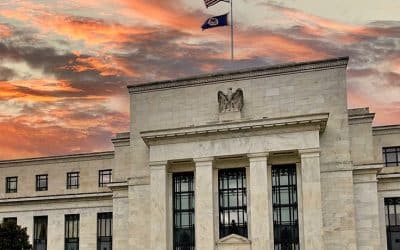Questions before COP26

Redacción Mapfre
The COP26 conference will soon be held in Glasgow from November 1-12. The G20 and other global government organizations and standardization bodies are moving quickly to give coherence to a complex international panorama on sustainable finance in areas including economic policy, climate risk and information, taxonomy, ESG reporting, and incentives for action in the private sector, both in terms of achieving net zero goals and expanding the flow of sustainable capital. In this context, we need to ask ourselves how political and regulatory leaders should face this task and where the best opportunities exist for forging more effective public-private alliances. However, we have yet to hear any clear answers to these questions, even after years of discussion.
The finance sector is a key participant in pursuit of a carbon‑free economy and for supporting the most ambitious goals on sustainable development. So it must contribute to achieving them. This is especially true in the case of the insurance industry. Not only must it absorb some of the shocks derived from global warming, but it is also the type of long‑term investor required by the transformation of our global economy. Insurance also plays an important role in managing the risks arising from the transition to a decarbonized economy. What is why we must ask ourselves questions that focus on the role of investors and insurers in a context where others are eager for more information from our industry. In addition, given the rapid rise in demand for ESG opportunities, the outlook for investment in emerging markets is experiencing a radical change.
What do we need—from our leading politicians, regulators, and lenders—to ensure that private investors will increase the flows of capital moving towards developing economies? Collaborative efforts to reduce financing risks and costs are bringing together private investors, multilateral development banks, and the community that finances development in general.
How can those initiatives make good on promises for $100 billion in annual climate financing for developing economies, including funds for building sustainable and climate-resistant infrastructure? Availability of information is fundamental for expanding climate finance. The efforts to develop consistent global ESG reporting standards are rapidly gaining momentum, with the G20, G7, and international standardization bodies leading the way, while the IFRS Foundation is also demonstrating progress with its new International Sustainability Standards Board.
In view of this scenario, there are many areas that represent a challenge not just because of their complexity, but because of the endless questions that we still need to answer. Let's hope that next week’s COP26 conference will shed some light on these topics.
Gonzalo de Cadenas-Santiago, director of macroeconmic and financial analysis at MAPFRE Economics



